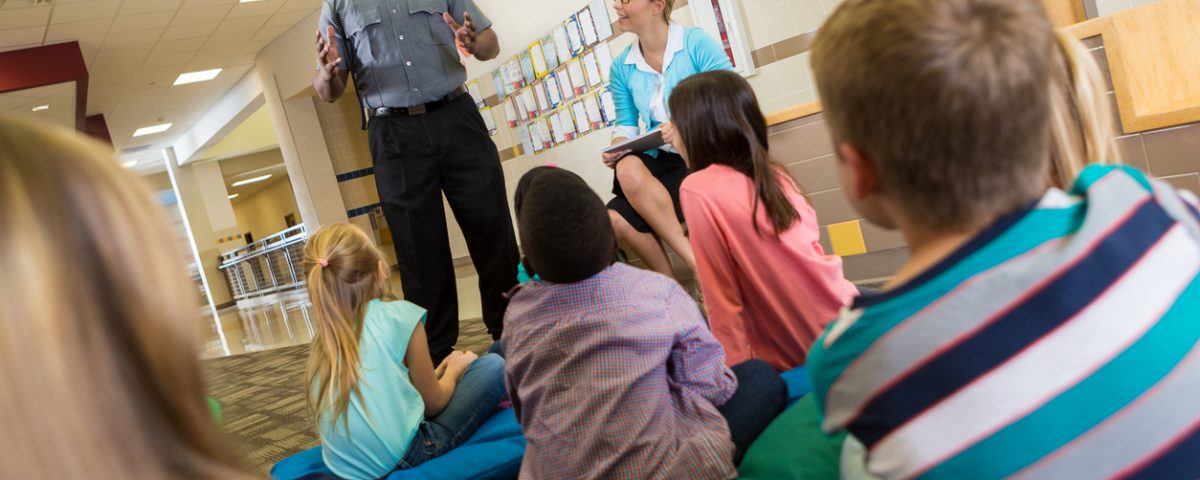Should Schools Include Active Shooter Response Plans?

The Importance of the K-9 Aftermath Program
October 25, 2021
Addressing Enterprise Risks in Charter Schools
November 1, 2021Should Schools Include Active Shooter Response Plans?
Students, teachers, and parents in the United States have been faced with an increasing reality of gun violence in schools over the past few decades. As part of the federal response, the government passed the Gun-Free Schools Act (GFSA) in 1994, which requires expulsion of students with firearm offenses for at least one year and a mandated referral of these students to the criminal justice system. School systems have implemented some preventative measures as well, but there is some controversy surrounding these preparations.
How Big Is the Problem?
A report by the Centers for Disease Control indicated that mass shootings in schools increased significantly in the decade between 2009 and 2019, with over 37 active shooter events occurring in K-12 schools during that period. Shooting incidents in schools occurred 57 times more in the United States than in Canada, France, Germany, Italy, Japan and the UK combined. The $3 billion school security industry is thriving because of nationwide investments in bullet-proof glass, alarm systems, and security doors. 57% of teenagers in the United States report being concerned about a shooting occurring at their school, and 25% categorize their fear as “very worried.”
What Are the Preventive Steps?
Many school districts require creation of active shooter response plans in their schools, but not all of these have a standard plan or content that must be included. In 2018, 92% of public schools reported that they have some type of a plan in place in the case of an active shooting in the building.
- Lockdowns require students and staff to lock themselves in to a fixed location and remain silent until the emergency is concluded. Lockdown drills are generally conducted four to five times a year from the time students are in kindergarten, with the average student experiencing 70 drills by graduation.
- Multi-option approaches allow students and staff to choose an appropriate response in the moment, including hiding, escaping, or engaging. The most commonly used training programs are Run. Hide. Fight. and ALICE (Alert, Lockdown, Inform, Counter, Evacuate).
What Does Responsible Implementation Look Like?
While it’s wise to prepare for the worst-case scenario, it’s also important to craft an approach that is age-appropriate and conducive to the individual school’s environment and population.
- Lockdowns may be difficult to implement, particularly if the incident occurs during a transitional time in the day. Plans must include multiple scenarios and provisions for disabled students and staff.
- Multi-option approaches may not be appropriate for younger students, who may have trouble with decision-making in a live incident.
- Provide multiple training sessions, including in-person or online courses, tabletop scenarios, videos, and drills.
- Ensure drills are handled with sensitivity, providing advance notice and training, and avoiding the use of ammunition or potentially trauma-inducing details and effects.
Creating a safe environment at school is a continuous process. Schools should prepare to evolve with periodic reviews and edits of emergency response plans and age-appropriate training for students that are handled with sensitivity.
About PGUI
Professional Governmental Underwriters, Inc., is a full-service risk management company
dedicated to assisting public, educational and non-profit entities in the management of their
professional liability exposures including educators liability insurance. We are dedicated to
providing state-of-the-art professional underwriting management and loss control advisory
services on behalf of our designated carriers. For more information, call us toll-free at (800)
586-6502.


